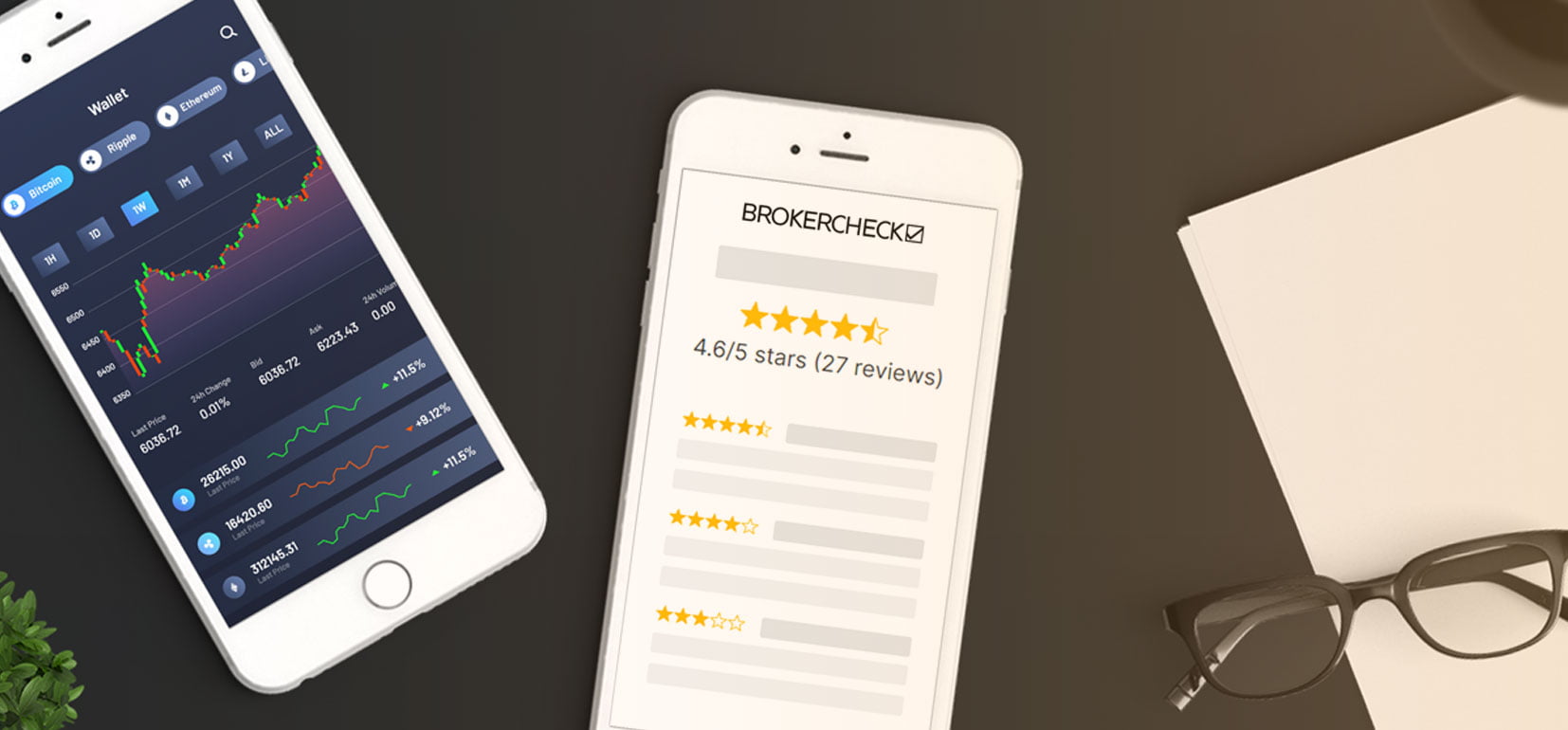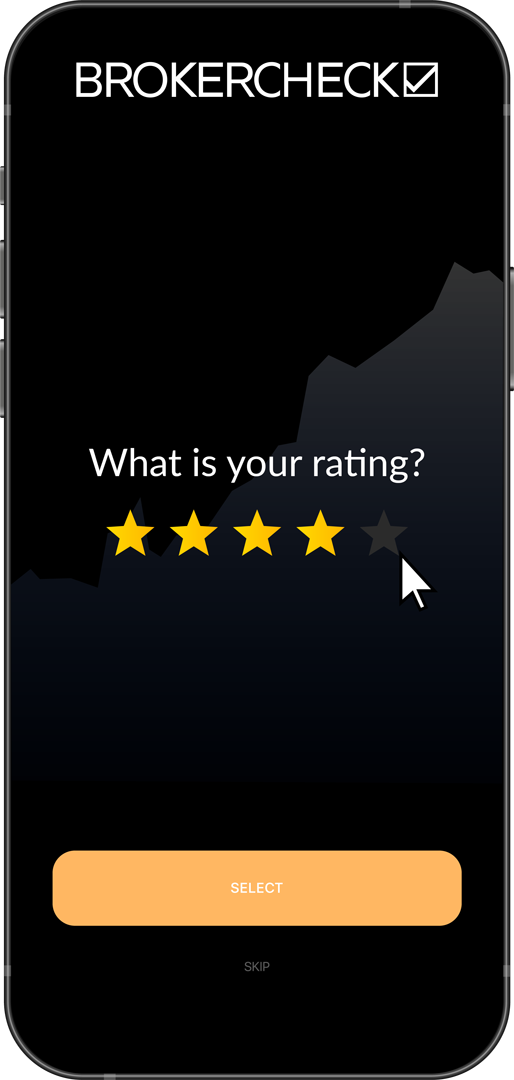1. Understanding the Auto Pitchfork
The Auto Pitchfork is a unique technical analysis tool that provides traders with critical insights into market trends and potential reversal points. Named after its resemblance to a farmer’s pitchfork, this tool consists of three lines that originate from a single point and extend outward, creating a channel of price movements.
To use this tool effectively, traders must first identify a significant high or low point on their price chart. This point, known as the pivot, serves as the anchor of the pitchfork. Following this, two subsequent high or low points are identified, forming the ‘prongs’ of the pitchfork.
Understanding the Auto Pitchfork’s dynamics is crucial for successful trading. The central line of the pitchfork often acts as a magnet, drawing prices towards it, while the outer lines serve as potential support and resistance levels. If prices break through these outer lines, it may signal a strong trend in that direction.
However, it’s important to remember that the Auto Pitchfork is not a standalone tool. It is most effective when used in conjunction with other technical analysis methods, such as trend lines, moving averages, and volume indicators.
Adapting to market volatility is another key aspect of using the Auto Pitchfork. In highly volatile markets, traders may need to adjust the width of their pitchfork to accommodate larger price swings. Conversely, in less volatile markets, a narrower pitchfork may be more appropriate.
Ultimately, the Auto Pitchfork is a versatile and powerful tool in a trader’s arsenal. With careful application and a thorough understanding of its principles, traders can leverage the Auto Pitchfork to identify lucrative trading opportunities and minimize risk.
1.1. What is an Auto Pitchfork?
An Auto Pitchfork is an advanced technical analysis tool that traders use to predict potential price channels for a particular asset. Named after its resemblance to a farmer’s pitchfork, this tool consists of three lines that start from a single point and expand outward, creating a pattern that resembles the agricultural tool. The middle line, or the handle of the pitchfork, represents the median trend line. The upper and lower lines, or the prongs, illustrate potential support and resistance levels.
The Auto Pitchfork takes its name from its automatic drawing feature. Unlike the traditional Andrew’s Pitchfork, which requires manual plotting of three significant points, the Auto Pitchfork automatically identifies these points based on the highest and lowest price levels within a selected period. This feature not only saves time but also eliminates the possibility of human error in point selection, enabling a more accurate analysis.
The Auto Pitchfork is especially useful in identifying and trading within trending markets. When prices are consistently reaching the upper or lower prong, it indicates a strong uptrend or downtrend, respectively. On the other hand, if prices are oscillating around the median line, it suggests a balanced market. By providing a visual representation of these trends, the Auto Pitchfork helps traders make informed decisions about when to enter or exit trades.
Moreover, the Auto Pitchfork is versatile and can be used in combination with other technical indicators for confirmation. For instance, a trader might use a moving average to verify a trend indicated by the Auto Pitchfork, or a stochastic oscillator to identify overbought or oversold conditions within the price channel.
Despite its advantages, it’s crucial to remember that the Auto Pitchfork, like all technical analysis tools, is not infallible. It should be used as part of a comprehensive trading strategy that includes risk management and consideration of fundamental factors.
1.2. Importance of Auto Pitchfork in Trading
The Auto Pitchfork tool is an indispensable asset in the arsenal of any serious trader. Its significance lies in its ability to identify and visualize potential support and resistance levels, thus allowing traders to make more informed decisions. This powerful tool, based on the principles of median line analysis, provides traders with a unique perspective on market trends and potential reversal points.
Auto Pitchfork is particularly useful in identifying price channels. By automatically drawing lines that connect significant highs and lows, it helps in recognizing the direction of the market, whether it’s bullish, bearish, or range-bound. This is crucial information for a trader as it can guide them on when to enter or exit a trade, ultimately optimizing their profit potential.
Furthermore, the Auto Pitchfork tool is not just about identifying trends. It also provides valuable insights into market volatility. The width of the pitchfork can give traders an idea of how volatile the market is. A wider pitchfork indicates higher volatility, which may suggest larger price swings and potentially higher risk. Conversely, a narrower pitchfork may indicate lower volatility and potentially less risk.
In addition, the Auto Pitchfork can act as a roadmap for future price movements. By extending the lines of the pitchfork into the future, traders can anticipate potential areas of support and resistance. This predictive feature can be a game-changer in a trader’s strategy, allowing them to plan their trades ahead of time and potentially capitalize on future market movements.
Lastly, the Auto Pitchfork can also be used in conjunction with other technical analysis tools to confirm signals and increase the likelihood of successful trades. For instance, if a trader identifies a potential buy signal using another tool, they can use the Auto Pitchfork to confirm if the price is near a support level. This multi-tool approach can greatly enhance the accuracy of a trader’s predictions, thereby increasing their chances of success in the market.
In the ever-changing world of trading, the importance of the Auto Pitchfork cannot be overstated. It offers traders a comprehensive view of market trends, volatility, and potential price movements, making it an essential tool for anyone looking to succeed in the trading arena.
2. Setting Up the Auto Pitchfork
Setting up the Auto Pitchfork can initially seem like a daunting task, but with a few key steps, you’ll be charting your trading course with ease and precision. To start, you’ll need to select the Auto Pitchfork tool from your trading platform’s toolbar. Once selected, you’ll need to identify three significant price points on your chart, typically a high, a low, and then a higher high or lower low.
Why are these points important? These points are the pivots around which the Auto Pitchfork will generate its trend lines. The first point represents the start of a significant price movement, the second point represents a reversal, and the third point signifies the continuation of the trend.
Click on these points in the order they occurred to draw the basic pitchfork. Remember, precision matters. The accuracy of your pitchfork’s placement can greatly affect the usefulness of its predictive capabilities.
Once your basic pitchfork is drawn, it’s time to customize it to fit your trading style. Most platforms allow you to adjust the pitchfork’s color, line thickness, and style. You can also choose whether to extend the lines forward to predict future price movements.
Don’t be afraid to experiment with different settings until you find what works best for you. The Auto Pitchfork is a versatile tool that can be tailored to suit a variety of trading strategies. Whether you’re a day trader looking for short-term price targets or a long-term investor seeking to identify major trend reversals, the Auto Pitchfork can be a powerful addition to your trading toolkit.
2.1. Requirements for Using Auto Pitchfork
Auto Pitchfork, a powerful tool in the hands of skilled traders, has certain prerequisites that need to be met for its successful utilization. The first fundamental requirement is a basic understanding of market trends. It’s crucial to comprehend how trends move and the factors that influence these movements. It’s also necessary to have a clear understanding of support and resistance levels in trading.
Technical analysis skills are also a must-have. Auto Pitchfork is a technical analysis tool and to use it effectively, one needs to be comfortable with reading and interpreting charts, trend lines, and other technical indicators.
Another important requirement is the ability to use trading software proficiently. As Auto Pitchfork is a tool that’s often integrated into trading platforms, being able to navigate these platforms and use their features is essential.
Risk management is another critical aspect. Even with the most accurate tool, trading involves risks. Therefore, having a solid risk management strategy in place is crucial when using Auto Pitchfork. This includes setting stop losses and knowing when to exit a trade.
Last but not least, patience and discipline are key. The Auto Pitchfork tool isn’t about making quick profits; it’s about identifying potential opportunities over time. This requires patience to wait for the right setup and discipline to stick to your trading plan, even when the market seems to be moving against you.
In essence, mastering the use of Auto Pitchfork is not just about understanding the tool itself, but also about having a solid foundation in trading basics, technical analysis, risk management, and the psychological aspects of trading.
2.2. Step-by-Step Guide to Setting Up the Auto Pitchfork
Step one: To kick off your journey with the Auto Pitchfork, you need to access your trading platform. Once you’ve done that, navigate to the toolbar and select the ‘insert’ option. From the dropdown menu, choose ‘Andrew’s Pitchfork’. This is the foundational tool that the Auto Pitchfork is based on.
Step two: Next, you’ll need to identify three significant points on your price chart. These points will form the basis of your Pitchfork. They are usually selected at the start, middle, and end of a noticeable price trend. The accuracy of these points can significantly influence your trading results, so choose wisely.
Step three: After identifying the points, click on the first one (start of the trend), then the second (middle of the trend), and finally the third one (end of the trend). This action will automatically draw the Pitchfork on your chart.
Step four: Now, it’s time to tweak your Pitchfork. You can adjust the lines manually to better fit the price action. This is where your personal judgment and trading style come into play. Some traders prefer a more conservative approach, while others are more aggressive.
Step five: The final step is to interpret the Pitchfork. The middle line often acts as a magnet, attracting price. The outer lines can act as support and resistance levels. When price breaks through these lines, it can signal potential trading opportunities.
Remember: Like any trading tool, the Auto Pitchfork is not infallible. It should be used in conjunction with other indicators and strategies to increase its effectiveness. Don’t rely solely on the Auto Pitchfork for your trading decisions. A balanced and diversified approach is key to successful trading.
3. Mastering the Use of Auto Pitchfork
Auto Pitchfork, a tool treasured by traders, can appear intimidating initially, but with a little practice and understanding, it can be a powerful ally in your trading arsenal. It’s essential to grasp that the Auto Pitchfork tool is based on the concept of market cycles, and it aids in identifying potential support and resistance levels.
Step one in mastering this tool is learning to correctly identify pivot points. These are the points where the price of a security changes direction, and they are crucial in drawing your Auto Pitchfork. The more accurate your pivot points, the more precise your Auto Pitchfork will be.
Step two involves drawing your Auto Pitchfork. Start at a significant pivot point and draw lines that extend to the next two pivot points. This will create a ‘pitchfork’ pattern. Remember, the middle line of the pitchfork is the median line, and it often acts as a magnet for prices.
Step three is all about interpretation. Prices tend to respect the boundaries of the pitchfork, bouncing off the outer lines and moving towards the median. Observing these movements can provide valuable insight into potential future price movements.
Step four is about making adjustments. No tool is perfect, and the Auto Pitchfork is no exception. It’s important to adjust your pitchfork as new data becomes available. This may mean shifting the pivot points or even redrawing the pitchfork entirely.
Step five is putting it all together. By now, you should have a good understanding of how to draw and interpret the Auto Pitchfork. It’s time to put that knowledge to use. Start by practicing on historical data, then gradually move on to current markets. Remember, practice makes perfect.
Mastering the Auto Pitchfork is not an overnight process, but with patience and dedication, it can become a valuable part of your trading strategy. It’s a tool that offers a unique perspective on market movements, and it’s worth the effort to learn. So, take your time, practice, and before you know it, you’ll be using the Auto Pitchfork like a pro.
3.1. Understanding Auto Pitchfork Signals
Diving into the world of trading, one of the most powerful tools at your disposal is the Auto Pitchfork. This impressive tool, named for its prong-like appearance, provides traders with crucial information about potential support and resistance levels, and can help identify key trading opportunities.
The Auto Pitchfork is built on the principle of three pivotal points: the start, the high or low, and the end of a trend. These three points form the basis of the pitchfork, with the middle prong representing the median line, while the outer prongs represent potential support and resistance levels.
Auto Pitchfork signals are an integral part of this tool, providing traders with actionable insights based on the interaction of price action with the pitchfork’s prongs. When the price touches or crosses the median line, it may signify a potential reversal or continuation of the current trend. If the price touches the outer prongs, it could indicate a strong level of support or resistance.
In addition to these basic signals, traders can also use the Auto Pitchfork to identify potential breakout or breakdown scenarios. If the price breaks out of the pitchfork’s range, it could signal a strong upward or downward move. Conversely, if the price fails to break out and instead falls back within the range, it may indicate a false breakout and a potential reversal.
Understanding Auto Pitchfork signals is not just about recognizing these patterns, but also about understanding the market context in which they occur. For instance, a breakout signal in a bullish market might be a stronger buy signal than in a bearish market. Similarly, a touch on the median line during a strong uptrend might be a more reliable continuation signal than during a sideways market.
The Auto Pitchfork is a versatile tool that can be adapted to various trading styles and timeframes. Whether you’re a day trader looking for quick intraday opportunities, or a long-term investor seeking to identify major trend changes, the Auto Pitchfork can provide valuable insights to enhance your trading strategy. However, like all trading tools, it should be used in conjunction with other technical analysis methods to confirm signals and reduce the risk of false positives.
In the fast-paced world of trading, the Auto Pitchfork stands as a beacon, guiding traders through the tumultuous seas of the market. With its unique blend of simplicity and sophistication, it provides a clear roadmap to navigate the complex landscape of trading, helping traders to make informed decisions and seize opportunities with confidence.
3.2. Strategies for Successful Trading with Auto Pitchfork
Understanding the Auto Pitchfork is the first step in unlocking its potential as a powerful trading tool. This technical analysis instrument, based on the principles of Andrew’s Pitchfork, automatically draws trend lines on your chart, providing a visual representation of potential support and resistance levels, as well as potential breakout points.
The first strategy involves trading within the pitchfork’s channel. The basic principle is to buy when the price touches the lower trend line and sell when it touches the upper one. This strategy works best in trending markets and requires a disciplined approach to risk management.
The second strategy is to trade breakouts – either buying when the price breaks above the upper trend line or selling when it breaks below the lower one. This approach is more suitable for volatile markets and may require tighter stop losses to protect against false breakouts.
The third strategy is to combine the Auto Pitchfork with other technical indicators like the Relative Strength Index (RSI) or Moving Average Convergence Divergence (MACD) to confirm signals and increase the odds of successful trades.
Practice and patience are crucial when using the Auto Pitchfork. It’s recommended to test these strategies on a demo account before applying them to live trading. And remember, no strategy is foolproof – it’s essential to always use proper risk management techniques to protect your trading capital.
The Auto Pitchfork is a versatile tool that can enhance your trading strategy, whether you’re a novice or an experienced trader. By understanding its principles and applying these strategies, you can make informed trading decisions and potentially increase your profitability in the markets.
4. Troubleshooting Common Auto Pitchfork Issues
Navigating the world of trading can be a daunting task, especially when technical tools like the Auto Pitchfork come into play. Yet, understanding how to troubleshoot common issues with this tool can significantly improve your trading success. One of the most frequent issues traders encounter is incorrect placement of the pitchfork. This typically occurs when the tool is not anchored to the correct swing high or low points. To correct this, ensure that your anchor points are accurately placed at the most recent swing high or low.
Another common issue is the misinterpretation of the pitchfork’s lines. Traders often mistake the outer lines for support and resistance levels, when in fact they represent potential reversal zones. Be sure to understand the distinction to avoid misguided trades.
An additional common challenge is failure to adjust the pitchfork when new data becomes available. The pitchfork should not be a static tool; it needs to be adjusted as new price data is generated. Ignoring this step could lead to inaccurate projections and misguided trading decisions.
Lastly, the over-reliance on the Auto Pitchfork can lead to problematic trading decisions. While the Auto Pitchfork is a powerful tool, it should not be the sole basis of your trading strategy. It’s crucial to incorporate other technical analysis tools and indicators to validate the signals generated by the pitchfork.
By understanding and addressing these common issues, you can leverage the Auto Pitchfork to its full potential, enhancing your trading strategy and boosting your success in the market.
4.1. Dealing with False Signals
In the world of trading, one of the most common challenges is dealing with false signals. These can be misleading and cause traders to make incorrect decisions. So, how does one navigate this tricky terrain while using the Auto Pitchfork tool?
Understanding the nature of false signals is the first step. False signals are essentially market ‘noises’ that may seem like a valid trading signal but are not. They can occur due to various factors such as market volatility, sudden news events, or even technical glitches.
Recognizing false signals is the next crucial aspect. While using the Auto Pitchfork, always remember that a single point of intersection does not confirm a trend. Look for multiple points of intersection and monitor the price action closely. If it’s a true signal, the price will respect the pitchfork lines and continue its movement within the channel.
Filtering out false signals is the final step. Incorporate other technical analysis tools such as Moving Averages, RSI, or MACD to confirm the signals generated by the Auto Pitchfork. This multi-layered analysis increases the probability of identifying true signals and reduces the risk of falling for false ones.
In the end, dealing with false signals while using the Auto Pitchfork successfully is all about having a comprehensive understanding of the market, a keen eye for detail, and a disciplined approach to trading. Remember, no tool is foolproof, and the Auto Pitchfork is no exception. It’s not about completely eliminating false signals – it’s about minimizing their impact and maximizing your trading success.
4.2. Overcoming Challenges in Drawing the Pitchfork
Drawing the Pitchfork can be a daunting task, especially when the market is volatile and the key pivot points are not clearly defined. However, with a little practice and some essential tips, you can master this task and use the Auto Pitchfork tool to your advantage.
Firstly, understand that the Pitchfork requires three points to be drawn. These points represent a significant high, a significant low, and a subsequent high or low. It’s important to identify these points accurately for the Pitchfork to be effective.
Secondly, remember not to force the Pitchfork onto the price action. If the points don’t align naturally with the price movements, it’s best to wait for a better opportunity. Forcing the tool to fit the price action can lead to inaccurate readings and potential losses.
Thirdly, it’s essential to adjust the Pitchfork as new data becomes available. The market is dynamic and constantly changing, so your Pitchfork should be too. Regular adjustments can help you stay on top of the market movements and make more accurate predictions.
Lastly, don’t be disheartened if you make mistakes. Drawing the Pitchfork is as much an art as it is a science. It takes time and practice to get it right. Remember, even the most experienced traders make mistakes. What sets them apart is their ability to learn from these mistakes and improve their trading strategies.
By keeping these points in mind, you can overcome the challenges in drawing the Pitchfork and make the most of the Auto Pitchfork tool.










